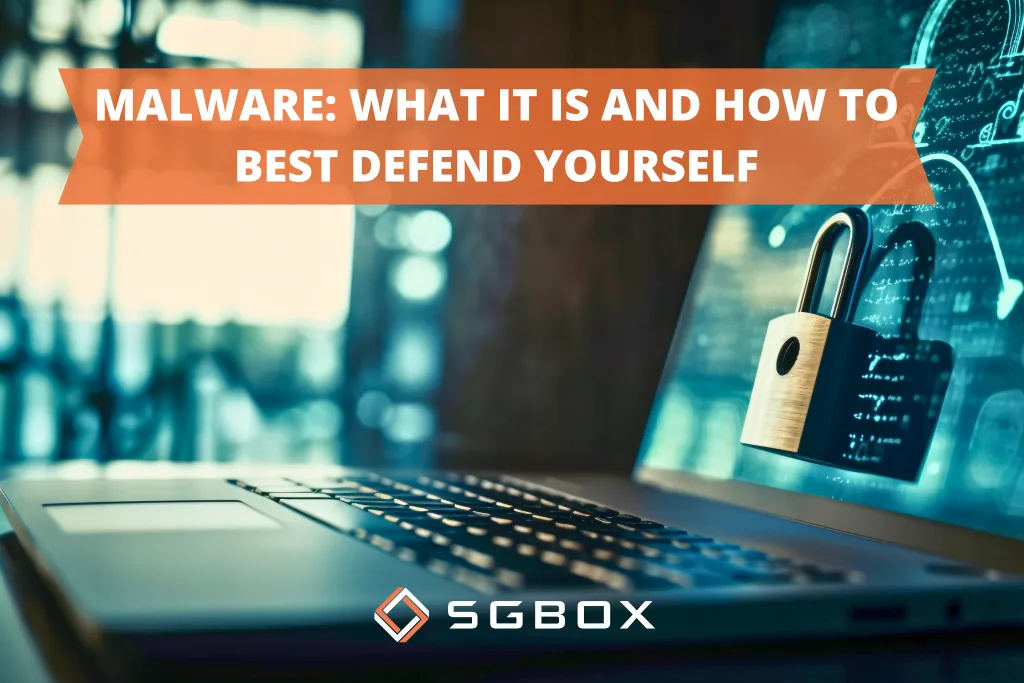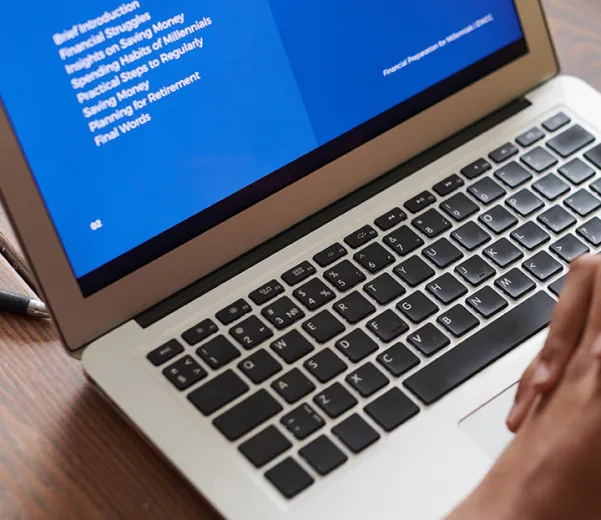Malware: what it is and how to best defend yourself

In the vast and intricate world of technology, there’s a term that’s frequently mentioned, representing one of the major threats to cybersecurity: Malware.
Malware stands as the most widespread type of cyberattack. It’s estimated that in 2023, Italy intercepted 174,608,112 instances, placing the country at the top spot in Europe and third globally, just behind the United States (417,545,421) and Japan (355,248,073).
This data is fed by the fact that Hackers constantly develop new variants of Malware with always different features.
But what exactly does the term “malware” mean, and what are its implications?
In this article, we’ll delve into this digital threat, providing a clear and accessible overview to help users understand and defend against this menace.
What is Malware?
Malware, short for “malicious software”, is a generic term referring to any program or code intentionally designed to harm computers, networks, or servers.
Malware can steal, encrypt, or delete sensitive data, alter or hijack a computer’s core functions, and monitor user activity without their consent.
Malware can be spread through various means, such as email attachments, downloads from compromised websites, malicious advertising (malvertising), and infected network devices.
To protect against malware, it’s advisable to use anti-malware software, keep systems updated, and practice safe online behavior.
Effects of Malware
The consequences of a malware infection can be devastating. Possible effects include loss of important data, theft of sensitive information like passwords or financial data, damage to the operating system or system files, and compromise of user privacy.
In some cases, malware can even turn an infected device into a tool for large-scale cyberattacks, as seen with botnets.
Furthermore, malware can significantly impact system performance, slowing down daily operations considerably and causing system instability and crashes.
This can have serious repercussions for users, businesses, and organizations, both in terms of productivity loss and the costs of repairing the damage caused by the infection.
More and more often, companies are being targeted than individual users. This is because hackers have realized that it is more profitable to target organizations, to which they can ask a larger sum or store a large amount of sensitive data to resell in the Dark Web.
Common types of Malware
There are several types of malware, each designed for specific purposes and employing different methods of distribution and operation. Some of the most common types of malware include:
- Viruses: are programs that stick to other programs and spread by infecting them. Usually a virus is sent as an email attachment, which contains the part of the malware that performs the malicious action.
- Worms: is a type of malware that self-replicates and spreads automatically without the need for a host program. Worms have the ability to copy from one computer to another, usually by exploiting the weaknesses of a software’s security system or operating system, and do not require user interaction to function.
- Trojans: is a software that looks legitimate but once installed it performs malicious functions. Trojans deceive users who download them and use them thinking they are harmless files. Once launched, they can steal personal data, spy on activities or attack the IT system.
- Spyware: is a software that is installed on your computer and that collects usage data and then sends them directly to an attacker.
- Ransomware: malware that encrypts user data and demands a ransom for decryption.
- Adware: software, not always malicious, that displays unwanted advertisements and sometimes contains trojans or spyware.
- Rootkits: software that gives the attacker administrator privileges on the infected system and hides from the operating system and the user.
- Keyloggers: malware that records keystrokes on the keyboard to steal sensitive information.
- Cryptojacking: malware that uses the infected computer to mine cryptocurrencies.
The vectors of Malware attacks
A Malware attack consists of 2 elements: the Payload Malware and the Attack Vector.
Payload is a malicious code that is entered by hackers, while the Attack Vector is the way the payload reaches the target.
Below are some of the most common Malware vectors:
- Social Engineering Scams: social engineering attacks psychologically condition people into doing things they shouldn’t, like downloading malicious files. One of the most common methods is phishing, which uses fraudulent emails or messages to deceive users.
- System vulnerabilities: hackers are always looking for vulnerabilities in software, devices, and networks that allow them to install malware in the target’s software or firmware. An example are IoT devices, which represent a very fertile field for spreading malware.
- User devices: within enterprise IT infrastructures, personal devices can be the main vectors of malware. Users’ smartphones and laptops can be infected in their spare time when they connect to unsecured networks without the benefit of the company’s security solutions. When users use such devices, malware can spread across the corporate network.
- Removable media: malware can be transmitted from infected USB drives via the “baiting” technique, which consists of placing the sticks in public places such as coworking spaces. Unsuspecting users connect USB drives to their PCs, thus giving the green light to system infection.
- Supply Chain attacks: if a supplier’s network is compromised, malware can spread to networks of companies that use the vendor’s products and services.
How to identify Malware
The first step in understanding whether an IT device has been infected by malware is to monitor its performance.
For instance, if the computer experiences noticeable slowdowns compared to normal, it is likely that it has been affected by malicious software.
The same goes for browser malfunctions, which may occur when malicious software redirects the user to unwanted pages or when the presence of a pop-up makes navigation difficult.
Another aspect to consider is the unexpected startup of the device or the execution of unknown processes: this can be observed by opening the Windows Task Manager or macOS Activity Monitor.
Finally, it is probable that malware is spreading on devices where certain websites suddenly cannot be accessed anymore, or where certain programs fail to launch, notably antivirus software.
Defending your company with SGBox
One of the most effective methods of defending against malware is using a cybersecurity platform capable of tracking threats at all times.
The SGBox Next Generation SIEM & SOAR Platform allows for the collection of information from all IT devices, real-time correlation, and analysis of the security status of corporate IT infrastructure.
Thanks to its features, SGBox enables organizations to know the real-time security status of their IT system, promptly detecting any threats and automatically adopting countermeasures to counteract cyber threats before they occur.
In the case of malware specifically, having a platform capable of centralizing logs from every device (computers, IT and OT devices) and monitoring the evolution of malicious software is a crucial factor in reducing the response time to an attack.
Malware stands as one of the major threats to cybersecurity, with the potential to cause significant damage to users, businesses, and organizations.
It’s important to be aware of the risks associated with malware and take preventive measures to protect your devices and data.
In addition to adopting a SIEM & SOAR platform, other precautions are necessary, such as using updated antivirus software, being cautious when clicking on suspicious links or attachments, and keeping the operating system and applications up to date.




